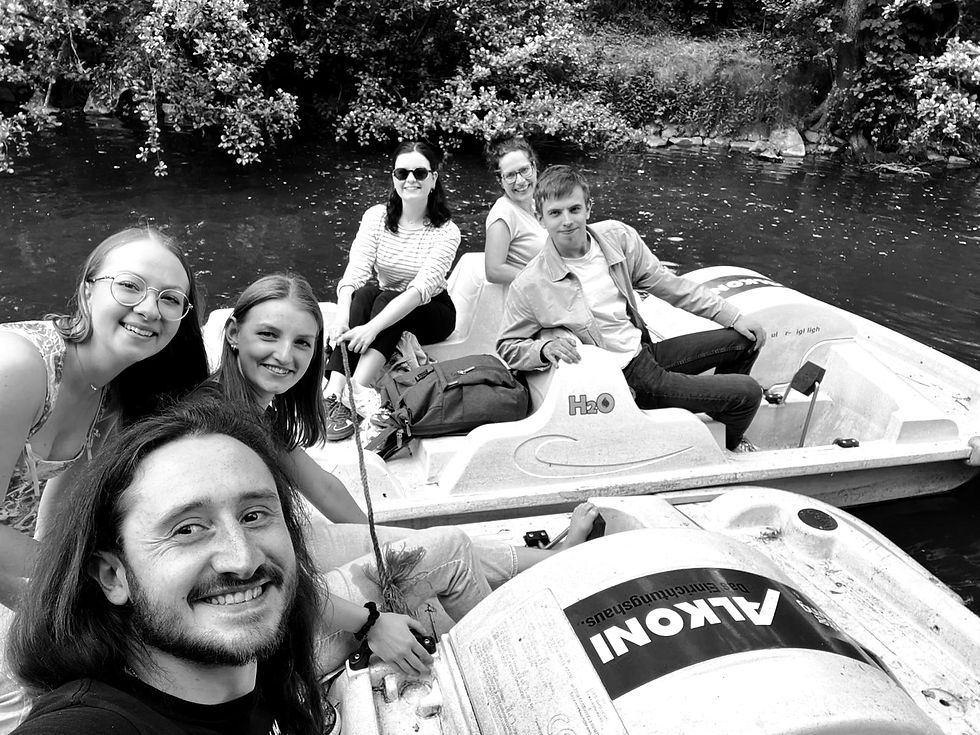Pig eyes on a Monday morning
- veronikaehinger
- 26. Juli 2021
- 3 Min. Lesezeit
Aktualisiert: 10. Mai 2024
What is your first reaction when someone offers you to bring you some eyes from freshly slaughtered pigs on Monday mornings?
Disgust – laughter – nausea?
Well, in this group, there was a lot of excitement – and also some disgust, to be honest.
Just because we’re scientists doesn’t mean, we don’t find certain things repulsive…
However, we still decided, we wanted to get some anatomy lessons and refreshen our preparation skills and so we received a full bag of pig eyes.
Pig eyes are super interesting as they are very similar to the human eye and have many similar anatomic structures that are not present in other animals often used in laboratory and experimental settings.

As you can see on the pictures, we firstly went to select the various fluids of the eyes – aqueous humor, vitrous humor and we were even able to get some serum from the residual blood in the plastic bag. We tried to collect as specific and as much as possible – you never know, when you need a porcine comparison, right? ;-)
Exactly for this reason (and to maybe later on test some of our antibodies), we also fixated whole eyes without any dissection. As they are kept on 4°C in our fridge in fixation buffer, we also have a reminder in the lab on this special day.

Furthermore, we wanted
to harvest RPE cells and therefore, we had to cut open the eyes, removing all the anterior eye, vitreous humor and the retina (which is only attached at the optic nerve and anterior of the Ora serrata, so if you cut at the right places, you can detach the whole retina at once!). This you can see on the picture on the right - so be able to invert the posterior eye cup more easily, small cuts from the outside pointing to the optic nerve are helpful.

On the left hand side one can see different structures of the eye: at the top of the dish is the posterior eye cup with remaining tissue (muscles, fat, connective tissue). Directly in the middle lays the retina - it is folded, therefore the structure and size is not visible. On the right hand side, the black, round structure is the anterior part of the eye with the iris and the pupil (which is transparent). Notice, how the inner part of the eye is black? That's often the case with pig eyes, but sometimes they also have uncoloured or spotted inner eyes. Adjacent to the anterior eye is the vitreous body. This clear gel fills the eye between the retina and the lense. Speaking of the lense - the porcine lense is quite firm and can even be cut in small pieces. You can see its round shape as it is lifted with the forceps on the left.
After incubation with Trypsin and repeated rinsing of the remaining eye cup, little by little, black cells were detaching from the posterior eye – our desired RPE cells! We tried to keep them in culture, but unfortunately, we were not able to keep them alive.
The same is valid for our retina culture – we used small filters to culture pieces of the retina on top of it, but it was very apparent in a few hours that we did not succeed in keeping the retinal cells alive and attaching to the filters.
Looks like we need more practice and a tad better preparation… ;-)



Kommentare